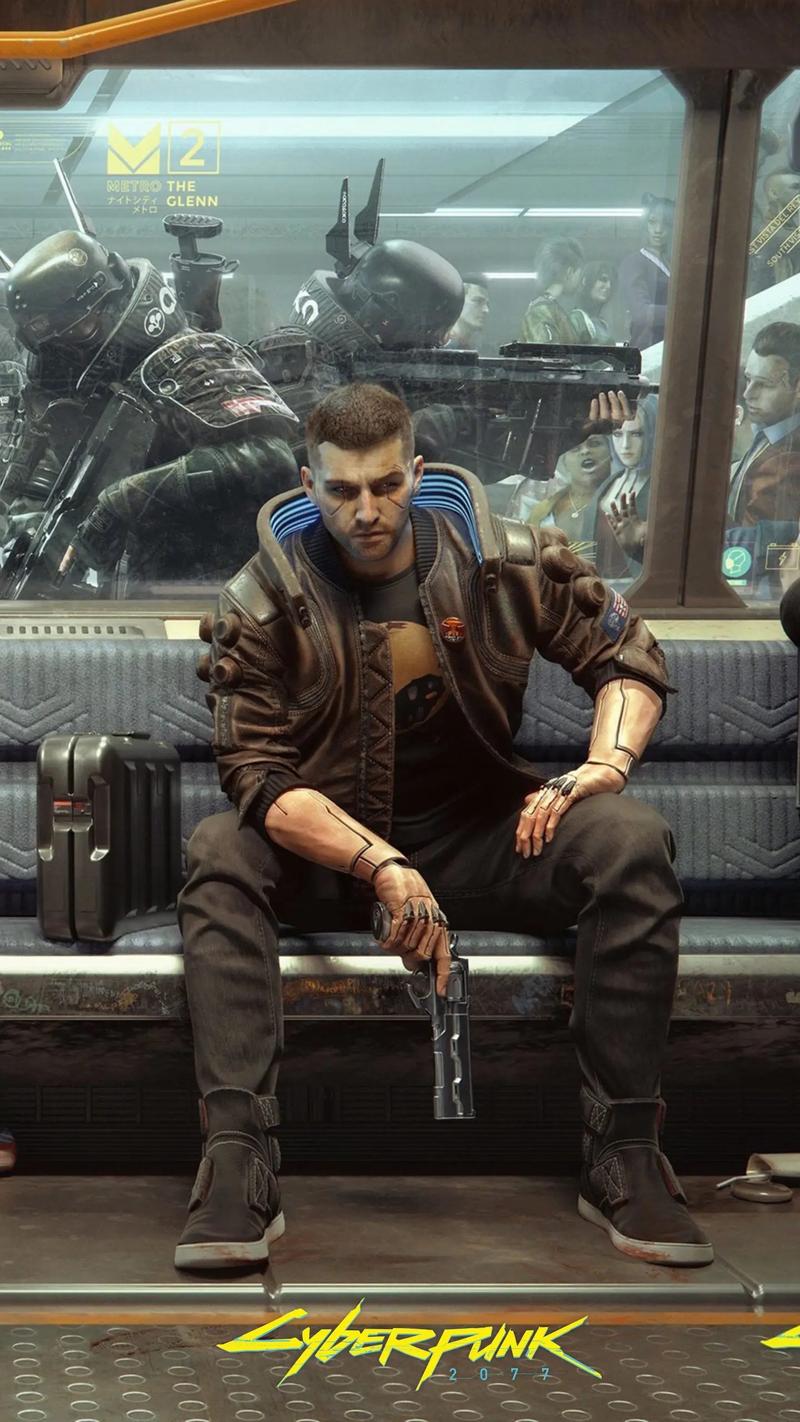Tom Clancy’s The Division 2 Score: Post-Apocalyptic DC and Its Thrilling Gameplay
Tom Clancy’s The Division 2 is a masterclass in open-world looter-shooter design, immersing players in a meticulously crafted, post-apocalyptic version of Washington, D.C. The game builds upon its predecessor’s foundation, delivering an engaging narrative, refined mechanics, and a richly detailed world teeming with danger and intrigue. This article explores The Division 2’s strengths, from its dynamic combat system to its immersive setting, while also examining how it stands out in the crowded looter-shooter genre.
A Ravaged Capital: The Setting of The Division 2
One of the most striking aspects of The Division 2 is its depiction of a fallen Washington, D.C. Unlike the snow-covered streets of New York in the first game, The Division 2 presents a sweltering, overgrown urban jungle where nature has begun reclaiming the city. The landmarks—such as the White House, the Lincoln Memorial, and the Capitol Building—are now battlegrounds for warring factions.

The post-apocalyptic Washington D.C. setting is not just a backdrop but a living, breathing world. Dynamic weather, day-night cycles, and emergent encounters make exploration feel unpredictable. Players must navigate through abandoned metro tunnels, fortified enemy strongholds, and makeshift civilian settlements, all while uncovering the story behind the collapse.
Refined Combat and Tactical Gameplay
At its core, The Division 2 is a cover-based shooter with deep RPG mechanics. The gunplay is tight and responsive, rewarding precision and tactical positioning. Players can choose from an extensive arsenal of weapons, each with distinct handling and customization options. Whether wielding a high-powered sniper rifle or a rapid-fire SMG, combat feels satisfyingly weighty.
The enemy AI is notably improved, with hostile factions employing flanking maneuvers, suppressing fire, and coordinated assaults. This forces players to adapt their strategies, making every firefight a test of skill. The introduction of specialized enemy archetypes, such as rushers, grenadiers, and heavily armored tanks, ensures that combat remains varied and challenging.
The Loot System: A Looter-Shooter Done Right
Loot is the lifeblood of The Division 2, and the game excels in delivering a rewarding loot progression system. Weapons, gear, and mods drop frequently, allowing players to experiment with different builds. The gear score mechanic ensures that players are always working toward stronger equipment, whether through missions, open-world activities, or high-level raids.
What sets The Division 2 apart from other looter-shooter games is its emphasis on build diversity. Players can specialize in roles such as damage-dealing DPS, tanky shield users, or support-focused healers. The introduction of brand sets and exotic gear adds another layer of depth, encouraging players to farm for the perfect loadout.
Endgame Content and Replayability
While many looter-shooters struggle with endgame longevity, The Division 2 offers a wealth of post-campaign activities. Once players reach the level cap, they unlock World Tiers, a system that increases difficulty while introducing new enemy variants and better loot.
The Dark Zone makes a return, offering high-risk, high-reward PvPvE gameplay. Players must extract contaminated gear while fending off both AI enemies and rogue agents. For those who prefer cooperative play, The Division 2’s raids—such as Operation Dark Hours and The Iron Horse—provide some of the most challenging content in the game, requiring teamwork and coordination.
Additionally, live-service updates and seasonal events keep the experience fresh. Ubisoft has continuously supported the game with new missions, gear, and narrative expansions, ensuring that players always have a reason to return.
Narrative and World-Building
While The Division 2 prioritizes gameplay over storytelling, its narrative still provides a compelling backdrop. The game explores themes of survival, betrayal, and the struggle to rebuild society. Players take on the role of a Division agent tasked with stabilizing the capital, working alongside various factions—some friendly, others hostile.
The environmental storytelling is particularly strong. Abandoned notes, audio logs, and dynamic world events paint a picture of a society on the brink. Whether it’s a desperate plea for help scrawled on a wall or a group of civilians fighting off raiders, the world feels alive with untold stories.
Final Verdict: Is The Division 2 Worth Playing in 2024?
Years after its release, Tom Clancy’s The Division 2 remains one of the best open-world looter-shooters available. Its post-apocalyptic Washington D.C. setting is both haunting and beautiful, offering endless opportunities for exploration. The combat is polished, the loot system is rewarding, and the endgame content ensures long-term engagement.
For fans of tactical shooters or RPG-lite progression systems, The Division 2 delivers an experience that is hard to put down. Whether playing solo or with friends, the game offers a deep, immersive journey through a world on the edge of collapse.
If you’re looking for a looter-shooter with staying power, The Division 2 is a must-play. With its constant updates and dedicated community, it remains a standout title in Ubisoft’s lineup—one that continues to evolve and impress.
Final Score: 9/10
Pros:
- Stunning post-apocalyptic open world
- Deep, rewarding loot and progression system
- Engaging tactical combat
- Strong endgame and replayability
Cons:
- Storytelling takes a backseat to gameplay
- Some endgame activities require heavy grinding
For those who haven’t yet experienced The Division 2, now is the perfect time to dive in. The game’s blend of tactical gunplay, RPG mechanics, and immersive world-building makes it a standout in the genre. Whether you’re a veteran agent or a newcomer, Washington, D.C. awaits—will you answer the call?














